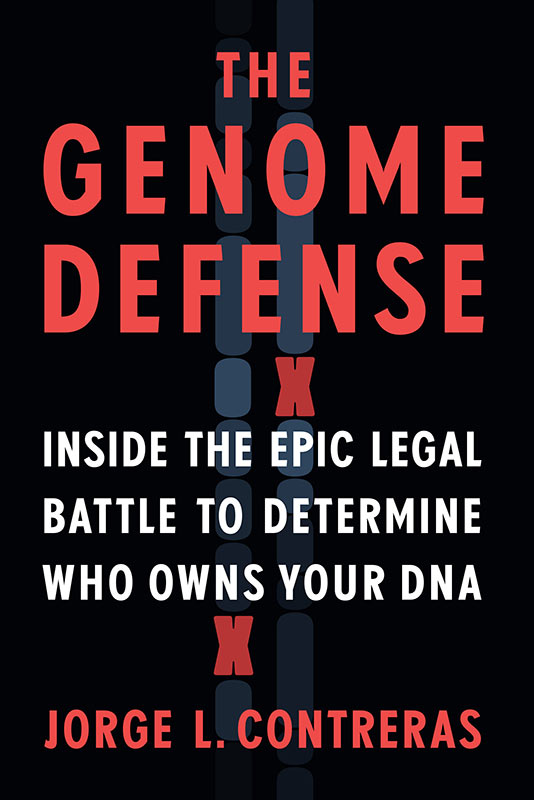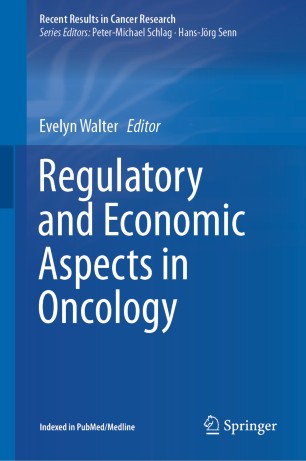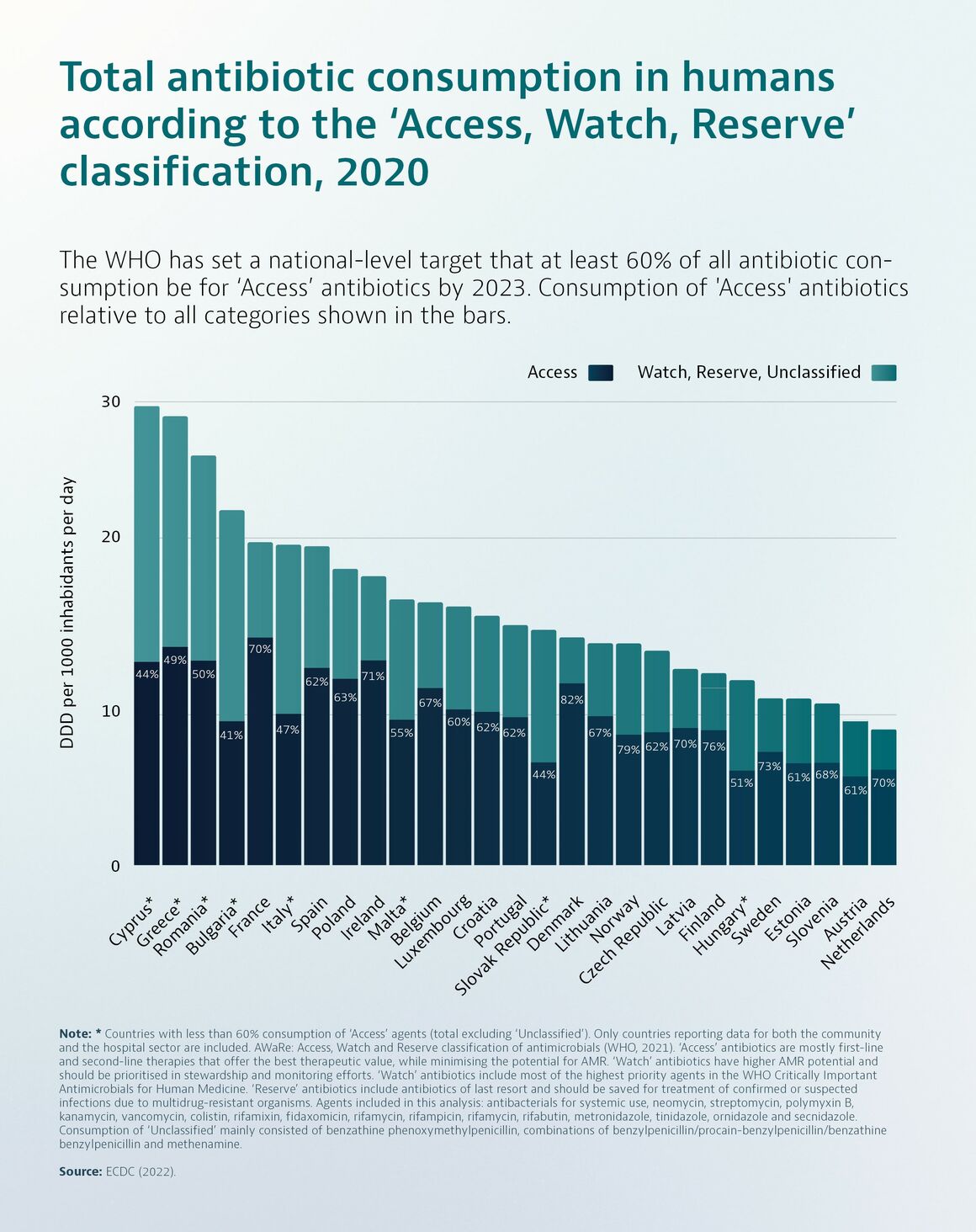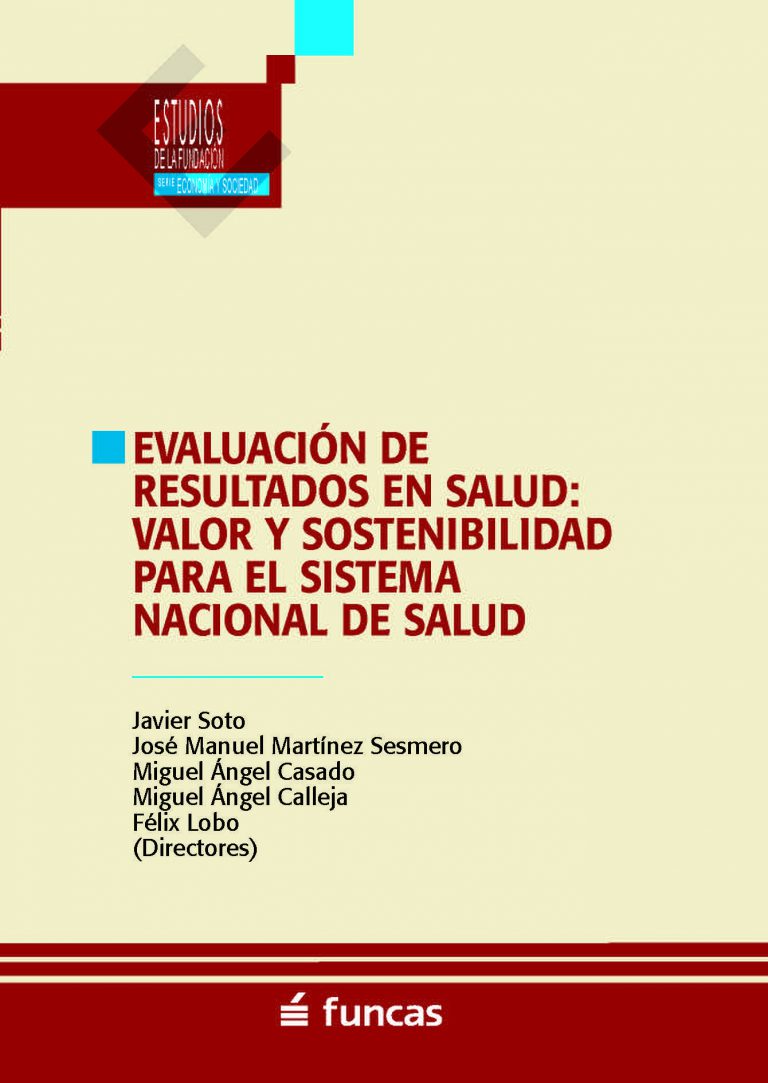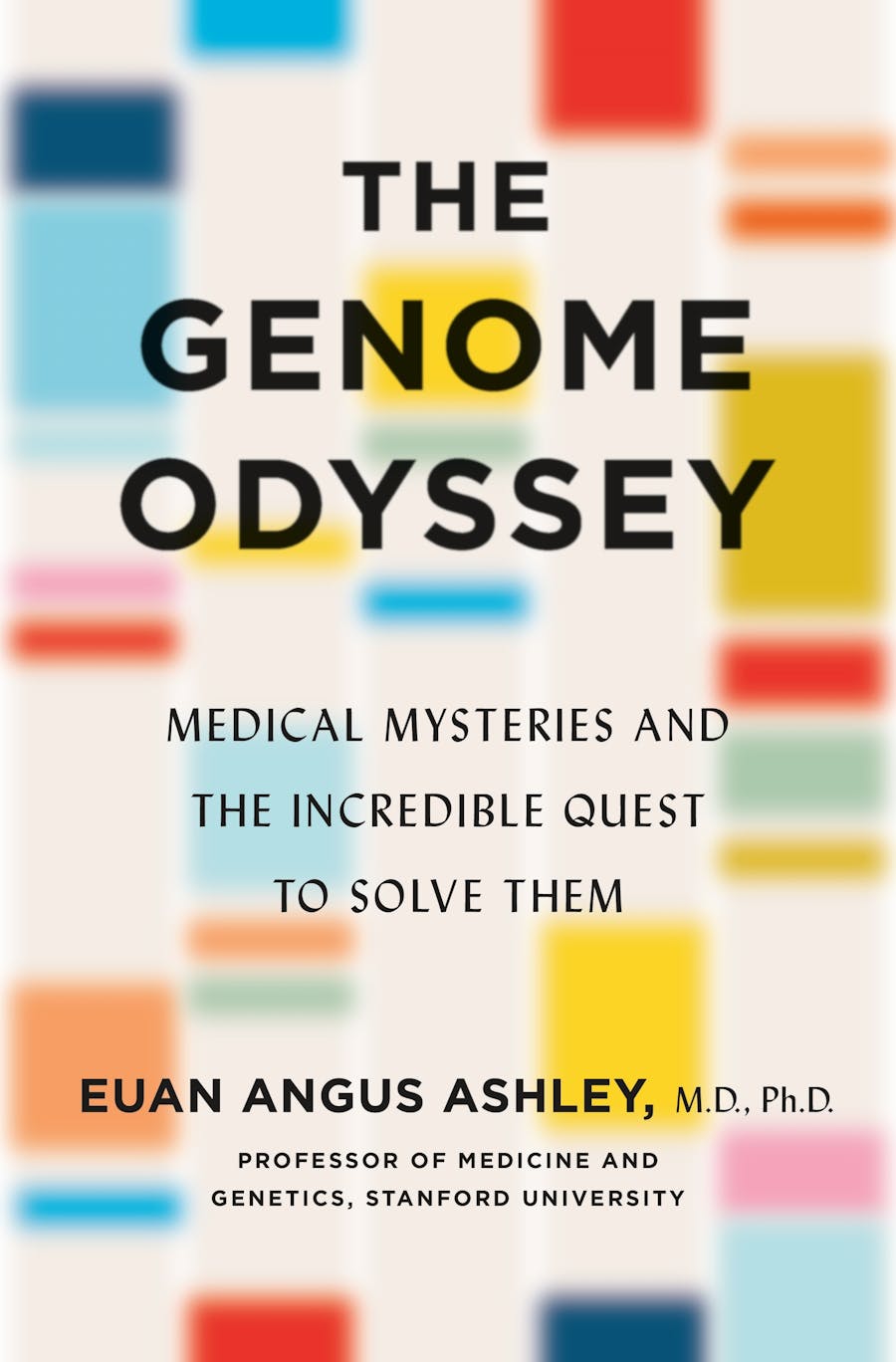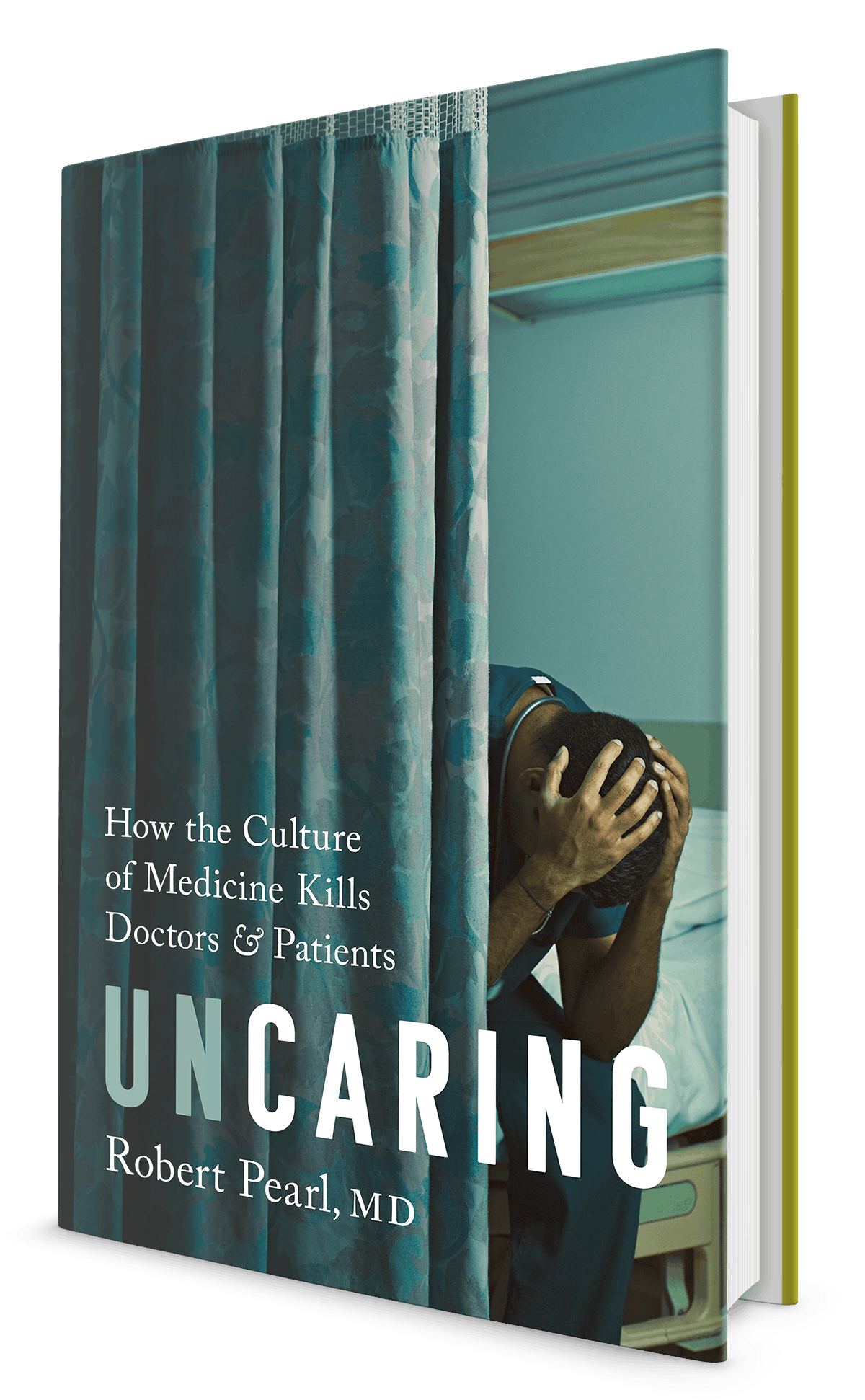The Genome Defense Inside the Epic Legal Battle to Determine Who Owns Your DNA
Outline of this great book on gene patents:
PART I: BUILDING THE CASE
Chapter 1 Who Can We Sue?
Chapter 2 The World in the Helix
Chapter 3 The Gene Queen
Chapter 4 Mr. Lincoln’s Boat
Chapter 5 The ACLU Way
Chapter 6 Product of Nature
Chapter 7 On the Hill
Chapter 8 Speaking of Patents
Chapter 9 The Power of Pink
Chapter 10 We’ve Got You Covered
Chapter 11 BART
Chapter 12 Patents and Plaintiffs
Chapter 13 Pulling the Trigger
PART II: LITIGATION
Chapter 14 The Big Guns
Chapter 15 SDNY
Chapter 16 Chicken and Egg
Chapter 17 We’re from the Government
Chapter 18 Splitting the Baby
Chapter 19 The Patent Court
Chapter 20 Magic Microscope
Chapter 21 Last Man Standing
PART III: HIGHEST COURT IN THE LAND
Chapter 22 Déjà Vu All Over Again
Chapter 23 Air Force 1
Chapter 24 With Friends like These
Chapter 25 Oyez, Oyez, Oyez!
Chapter 26 9–0
Chapter 27 Aftermath
Appendix: The (Legal) Meaning of Myriad
Principal Characters
A Note about Sources
Bibliography
